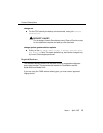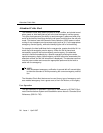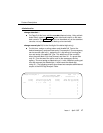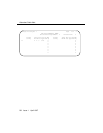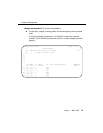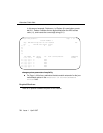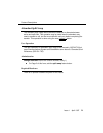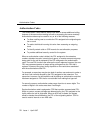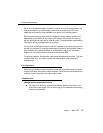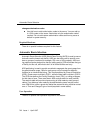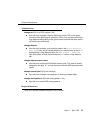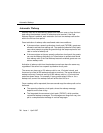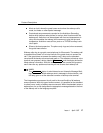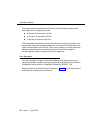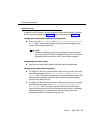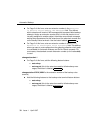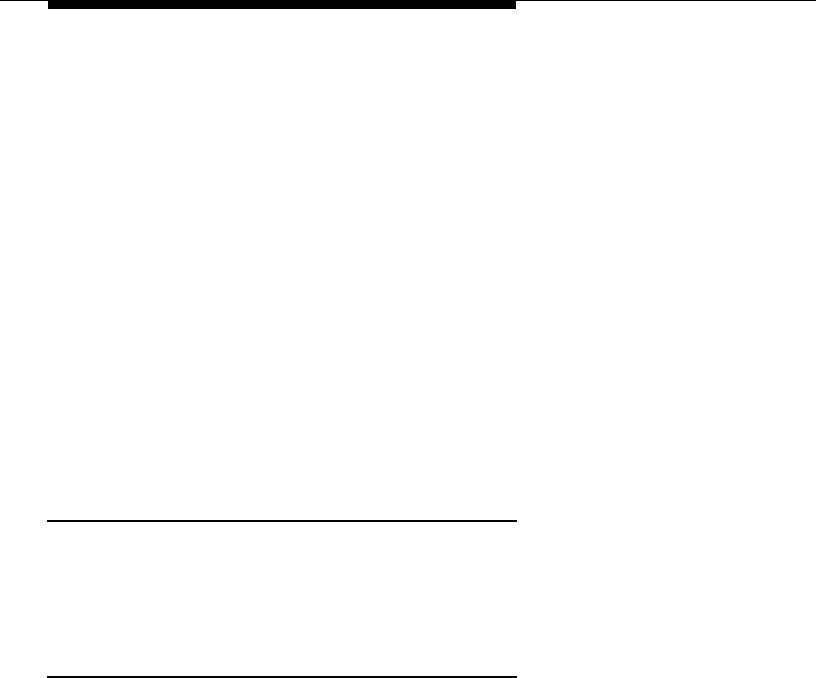
Issue 1 April 1997 23
Feature Descriptions
When an authorization code is required on some, but not all, trunk groups, the
system prompts for an authorization code when the originating FRL is not
adequate to access the next available trunk group in the routing pattern.
When a remote access caller dials the assigned remote access number and
establishes a connection to the system, the system may request the caller to
dial an authorization code and/or a barrier code. The authorization code defines
the caller’s calling privileges within the system.
If entry of an authorization code is required, it applies to all remote access trunk
groups in the system. If a remote access user must dial an authorization code to
gain access to the system facilities, an authorization code is not requested
again even if the user places a call that routes through ARS.
For security reasons, Authorization codes must be assigned randomly. This also
makes it difficult for one user to guess the authorization code assigned to
another user.
User Operation 0
When an authorization code is required, users are prompted to enter the autho-
rization code after they dial the called number. Users receive a second dial tone
and that is when they enter the authorization code.
Administration 0
change system-parameters feature
■ On Page 3 of this form, enable authorization codes for the server. You
also set the code length (four to seven digits), the attendant timeout flag,
and other parameters.



